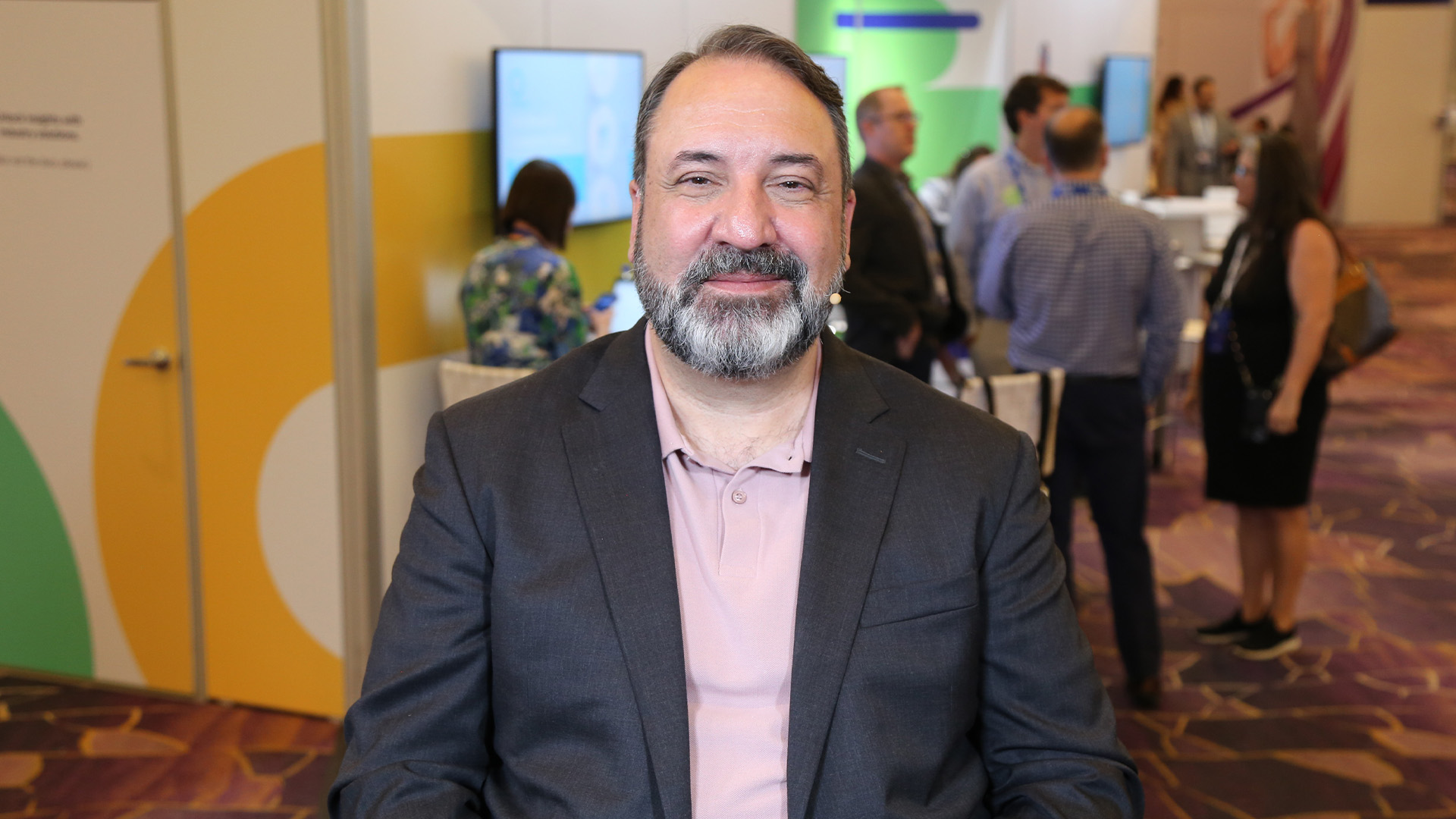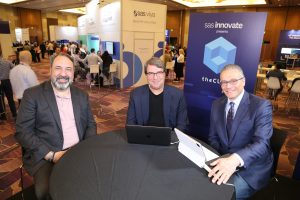 AI
AI
 AI
AI
 AI
AI
The future of artificial intelligence is already taking shape. Companies, researchers and independent users are throwing in to expand AI’s capabilities, use cases and value areas. Central to this fast-paced innovation has been machine learning models.
How would that innovation expand, however, if the barrier to entry for AI were considerably lowered for companies? That is SAS Institute Inc.’s ongoing strategy in making its pre-packaged models generally accessible.
“We’ve solved a lot of individual customer problems — very specific, unique challenges of customers, mostly using our consulting resources,” said Udo Sglavo (pictured), vice president of applied AI and modeling R&D at SAS. “Now we are basically saying, ‘Why don’t we take all that IP, which we gained over the years, combine it [with] the algorithms which we deliver, and package that up as a model which can be deployed and put into production systems because it’s all sitting in a container and it’s accessible through APIs.”
Sglavo spoke with theCUBE Research analysts John Furrier and Dave Vellante at SAS Innovate, during an exclusive broadcast on theCUBE, SiliconANGLE Media’s livestreaming studio. They discussed SAS democratizing access to AI models and empowering businesses to harness the technology’s power in new ways. (* Disclosure below.)

SAS’ Udo Sglavo at Innovate 2024
In a nutshell, SAS is taking its five decades worth of enterprise consulting and solutions expertise, spicing it up with AI, and delivering the package through APIs. In that containerized manner, the pre-built AI models are easily accessible and usable to companies — thus, breaking down the preexisting scale and technical barriers to entry.
“[If] you were wondering about what’s inside of that container, well, it’s the logic,” Sglavo said. “There is some math, there is some way how we solve these problems, but on top of that, we also have metadata about the models.”
Another important set of capabilities to go with the announcement are model cards and prompts. Model cards provide transparency by detailing the ingredients and key performance indicators of each model. On the other hand, prompts facilitate user interaction, enabling seamless communication with the models, according to Sglavo.
“We also launched this concept of a model card,” he said. “The model will also say, ‘I have these ingredients, these KPIs, which can then be fed into a model card.’ To make things even more exciting, we also include prompts so that when you deploy the model, you can have a discussion with the model. You can say, ‘What can you do?’ And the model will say, ‘I’m a model for fraud detection; these are the questions you can ask me.'”
A key feature and differentiator for these models is their lightweight build. They’ve been designed with portability in mind, allowing efficient integration into any IT ecosystem. In turn, this ensures versatility and scalability across a diverse set of use cases, according to Sglavo.
“Initially, it will be designed for the SAS user base, and we will target our own market, but a model can potentially run even outside of the SAS ecosystem because it’s mass, it’s large language models, prompts and it’s metadata,” he said. “We can even imagine that you can deploy our containers, let’s say, inside of a database vendor.”
Another key point in SAS’ blueprint focuses on how large language models, such as Llama 3, are used. While these models are predominantly used for interaction, SAS envisions a future where they aid in model construction, guiding users through the process and enhancing collaboration, Sglavo added.
Here’s the complete video interview, part of SiliconANGLE’s and theCUBE Research’s coverage of SAS Innovate:
(* Disclosure: SAS Institute Inc. sponsored this segment of theCUBE. Neither SAS nor other sponsors have editorial control over content on theCUBE or SiliconANGLE.)
THANK YOU